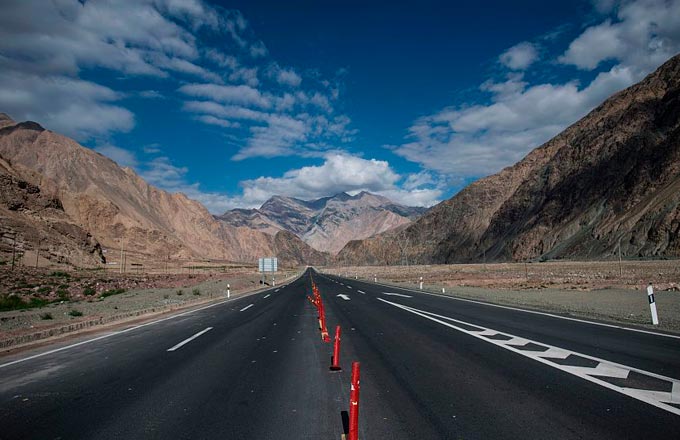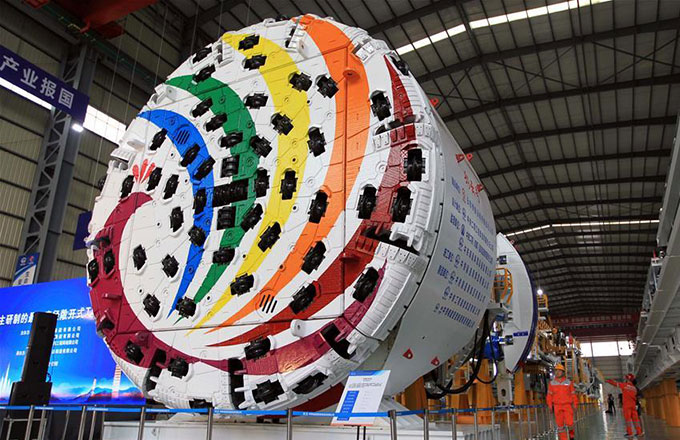Braille bus stop signs in Beijing have little effect
Putting maps and bus schedules in Braille at selected stops in central Beijing has failed to make life easier for visually impaired passengers, according to a Beijing News report.
Authorities placed 16 Braille sign boards and 95 route maps in four areas across Xicheng district in 2015 as part of efforts to improve accessibility for the disabled.
Disability groups backed the move at the time, but the Beijing News report suggested a bigger problem for passengers with sight issues is the number of shared bikes on the sidewalks.
At one stop near Yuetan Park, the sidewalk tiles designed to guide blind pedestrians were entirely covered by about 40 shared bikes, making it inaccessible.
An unidentified employee with the Xicheng housing commission said the four areas were chosen because research had shown they had a great demand for Braille facilities, and that experts had been consulted to ensure the Braille translations were accurate.
Liu Yingya, vice-president of the Beijing Association for the Blind, hailed the move to place Braille at bus stops, but he said it is not a practical solution for the 50,000 registered visually impaired people in Beijing.
"Most people with sight issues research their route using a voice assistant app, and blind people do not necessarily read Braille, so you don't see many people consulting the Braille maps (at bus stops)," Liu said.
Li Lei contributed to this story.





















